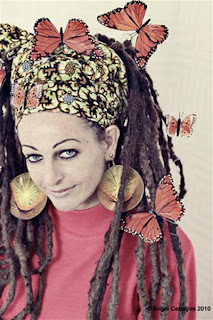Captain Sankara | Che Guevara of Africa | Revolutionary Leader

At a time when so many Africans are talking about Independence, I wanted to focus my attention on one of the greatest progressive leaders since Independence, Thomas Sankara. He was the man to change the name of his country from Upper Volta to Burkina Faso, which means the Land of the Incorruptibles or Land of the Honourable Men. He died in October 1987 at the age of 39 but his legacy lives on. Burkina commemorates slain leader President Captain Thomas Sankara Thomas Sankara was overthrown by the current president in Burkina Faso. H e was an extraordinary revolutionary leader but more importantly he was a man of the people; a decent guitarist who played in a band called, Tout-a-Coup Jazz and also rode motorbikes. "Our revolution in Burkina Faso draws on the totality of man's experiences since the first breath of humanity. We wish to be the heirs of all the revolutions of the world, of all the liberation struggles of the peoples of the Third World. We draw the lesso




